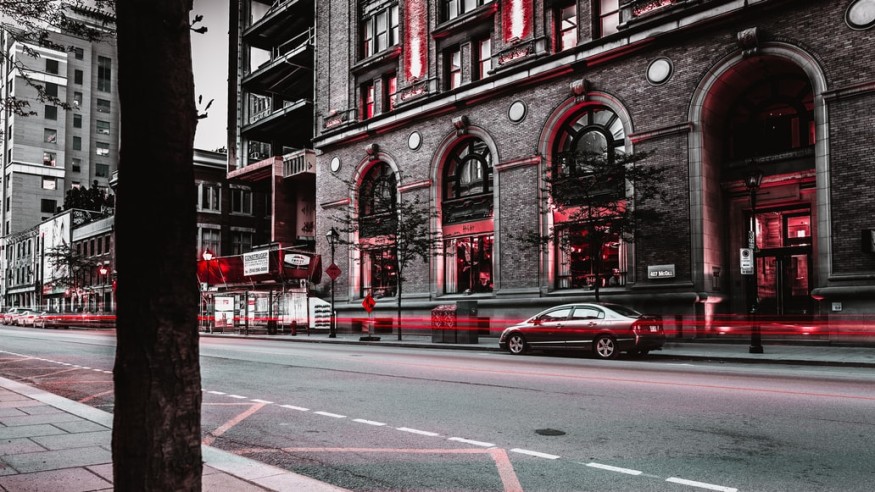Road surface temperatures in Phoenix could rise to 180 degrees Fahrenheit during hot days in which the heat could remain for hours and radiates heat in the night. The cycle of urban heat continues every day, so researchers from Arizona State University found an easy way to mitigate this problem by painting streets gray.
Scientific American reported that applying reflective gray emulsion material on the black asphalt reduces average road surface temperatures by 10 to 12 degrees Fahrenheit and decreases the averaged sunrise temperatures by 2.4 degrees Fahrenheit. That means reflective streets experienced lower temperatures by day and night by around 0.3 and 0.5 degrees Fahrenheit, respectively, lower than black-coated roads.

What is the Cool Pavement Pilot Program?
The government of Phoenix explained that the Cool Pavement Pilot Program is a project between the city's Transportation Department and Office of Sustainability and researchers from Arizona State University.
In the first year of the study by ASU's Global Institute of Sustainability and Innovation, Healthy Urban Environments, and the Urban Climate Research Center showed that cool pavement coating reflects the higher portion of sunlight that hit the streets; therefore, it absorbs less heat and offsets rising nighttime temperatures in the region.
Last year, the city selected eight neighborhoods to receive cool pavement treatment, especially those with pavements needing preservation. Cool pavement is a water-based asphalt treatment applied on black asphalt pavement. It is made with water, asphalt, soap as an emulsifying agent, mineral fillers, polymers, and recycled materials.
Researchers believe that the use of cool pavement could help reduce the heat island effect, reduce temperatures in the city, and be used in neighborhoods that do not have many shades from the Sun.
Meet MaRTy: ASU's Mobile Sensor Station
According to AZ Central, ASU's climate scientist Arianne Middel and UCLA urban planning researcher Kelly Turner walked the streets of LA with an unusual companion to gather data for the cool pavement pilot program. They call it MaRTy, a mobile sensor station that measures the mean radiant temperature of the streets where cool pavement coating is applied.
The study, titled "Solar Reflective Pavements-A Policy Panacea to Heat Mitigation?" published in Environmental Research Letters, found mixed results.
First, they found that the road surface temperature is six degrees lower in the afternoon. However, MaRTy measurements showed that a person could feel four degrees warmer on reflective roads during a hot, dry day compared to walking on blacktop roads.
Moreover, the study also showed that cool pavement does not have a big impact on air temperature. The reflective coating only caused a half a degree reduction in air temperature in the afternoon and 0.1 degrees at night.
Therefore, the study concludes that cool pavement is not a panacea in heat mitigation. Instead, it is an additional tool that can be used with other strategies to increase shade and reduce road surface temperatures.
RELATED ARTICLE : What is the Urban Heat Island Effect?
Check out more news and information on Environment & Climate on Science Times.
© 2025 ScienceTimes.com All rights reserved. Do not reproduce without permission. The window to the world of Science Times.











